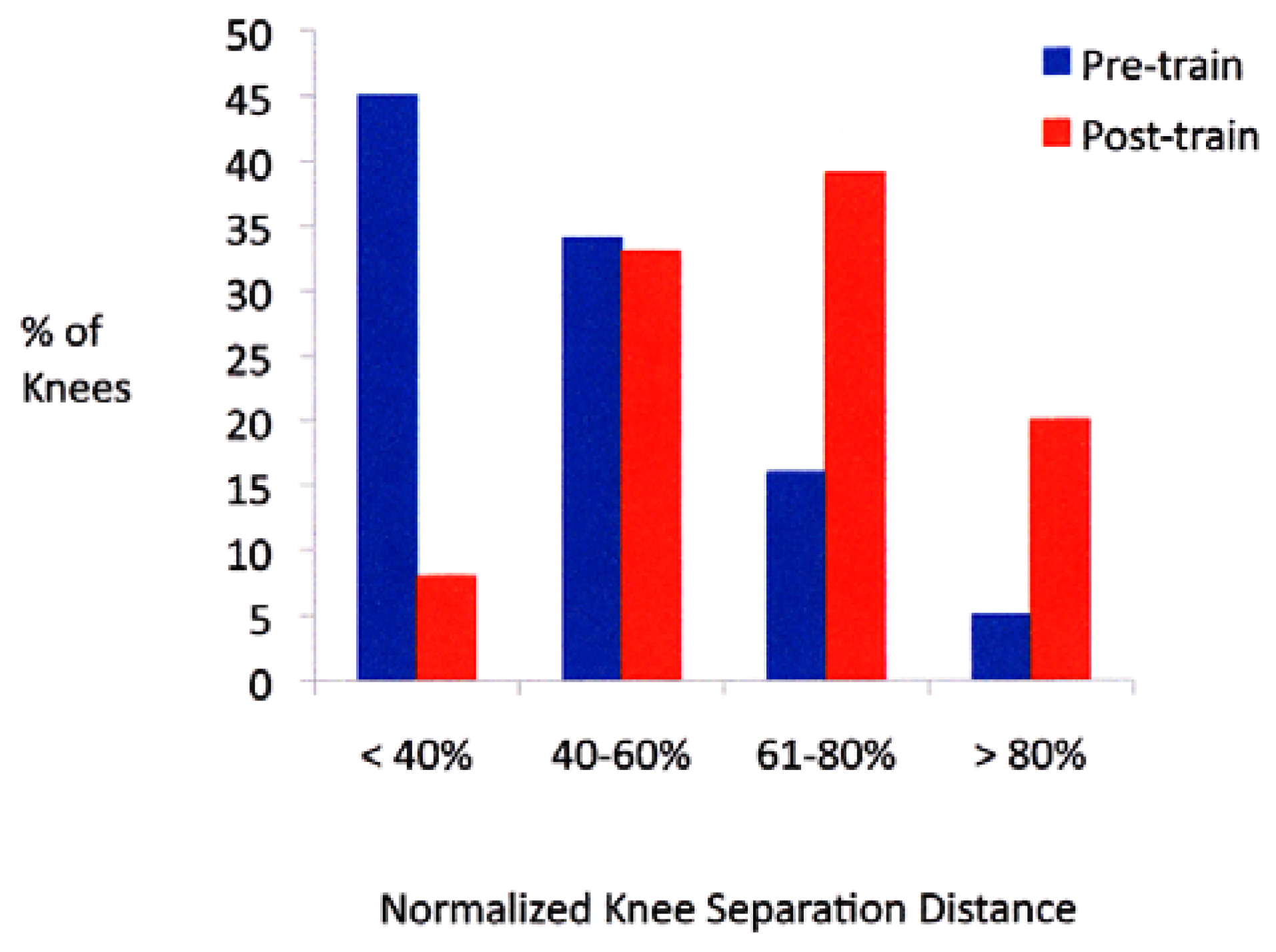ACL injury rates have become a pressing concern in the realm of sports, particularly among women athletes. Emerging research reveals significant gender disparities in the incidence of anterior cruciate ligament injuries, which are often attributed to biological factors. However, studies suggest that societal influences, including the resources and training opportunities available to female athletes, play a critical role in these heightened injury rates. The recent findings challenge traditional narratives that overlook the complex interplay between sports science and social factors in ACL injury prevention. By understanding these dynamics, we can better address the disparities and enhance overall safety for women in competitive sports.
When examining the heightened prevalence of knee injuries, particularly those involving the anterior cruciate ligament (ACL), it is essential to approach the topic through various perspectives. Terms such as knee ligament damage or sports-related injuries among female competitors reflect the broader issue at hand. Recent discussions have highlighted the impact of underfunding and fewer resources allocated to women’s sports, resulting in increased risks and limitations in player conditioning. The interplay between social variables and biological predispositions is crucial for developing effective ACL injury mitigation strategies. As we delve deeper into this subject, addressing these multifaceted aspects will empower athletes and promote more equitable sports environments.
Understanding ACL Injury Rates Among Women Athletes
ACL injury rates among women athletes are alarmingly high, with studies indicating that female athletes experience these injuries at a 1.7 times greater frequency compared to their male counterparts. This disparity has often been attributed to biological differences, such as hormonal variations and anatomical structure, leading to a misconception that these factors alone dictate athletic vulnerability. However, recent research from Harvard’s GenderSci Lab challenges this narrative, highlighting that socio-economic factors, such as the allocation of resources, play a significant role in these statistics.
The findings suggest that the environment in which female athletes compete can exacerbate their risk for ACL injuries. Women typically participate in smaller teams and often have fewer training sessions compared to men, which can lead to inadequate conditioning and higher injury risks during active competition. Therefore, while biological factors may have some influence, the analysis reveals that social constructs surrounding women’s sports significantly affect injury rates, pushing the need for a reevaluation of how these figures are interpreted.
Frequently Asked Questions
What are the current ACL injury rates for women athletes compared to men?
Research indicates that ACL injury rates in women athletes are approximately 1.7 times higher than those in male athletes. This elevated risk can be attributed to a combination of factors, including team size, exposure during competition, and the resources allocated to female athletes.
How do gender disparities in sports impact ACL injury rates?
Gender disparities in sports significantly impact ACL injury rates due to various factors such as differences in team sizes, training opportunities, and funding. Women often play in smaller teams with less competitive training time, contributing to a higher risk of ACL injuries during matches.
What role does sports science play in understanding ACL injury rates among women?
Sports science plays a crucial role in understanding ACL injury rates among women by examining metrics like athlete-exposures. This research helps identify biases in existing measures and highlights the need for tailored strategies in ACL injury prevention for female athletes.
Why is ACL injury prevention important for women athletes?
ACL injury prevention is critical for women athletes due to their higher injury rates. Implementing effective prevention strategies can help reduce the incidence of injuries, ensuring better health and performance for female athletes.
What findings were highlighted in the study about ACL injury rates and athlete-exposures?
The study published in the *British Journal of Sports Medicine* highlighted that traditional calculations of athlete-exposures may overlook crucial factors affecting injury rates. Specifically, it suggested that women’s higher ACL injury rates may not solely stem from biological differences but also from the social and structural contexts of their sports.
How can ACL injury rates be more accurately assessed in women athletes?
To assess ACL injury rates more accurately in women athletes, researchers recommend refining definitions of athlete-exposures by calculating them on an individual basis, separating practice time from game time, and considering the training-to-competition ratio.
What contribution does social science make to understanding ACL injury rates?
Social science contributes to understanding ACL injury rates by exploring the intersection of gender, team dynamics, and available resources, all of which can influence the variation in injury data and the overall health of women athletes.
Are there specific recommendations for improving ACL injury prevention strategies for women athletes?
Yes, recommendations for improving ACL injury prevention strategies for women athletes include collecting comprehensive data on facility quality, access to conditioning resources, and adjusting athlete-exposure calculations to reflect individual participation and competition time.
| Key Points | Details |
|---|---|
| Higher ACL Injury Rates in Women | Women athletes have ACL injury rates 1.7 times higher than men, often attributed to biological differences. |
| Study Findings | A new study challenges traditional views, suggesting social factors are significant contributors to injury rates. |
| Critique of Athlete-Exposures Metric | The common metric for calculating athlete-exposures shows a bias by not considering team sizes and conditions. |
| Impact of Team Structure | Women often play on smaller teams, increasing their risk per individual compared to men. |
| Call for Improved Metrics | Recommendations include separating practice from competition and focusing on individual exposure measurements. |
Summary
ACL injury rates remain a pressing issue, particularly among women athletes. The recently published study underscores that traditional narratives attributing these rates solely to biological differences are inadequate. It highlights the need for a deeper investigation into the social factors influencing ACL injuries, particularly regarding resource allocation and team dynamics in women’s sports. Consequently, refining measurement metrics for ACL injury risks is crucial in developing effective prevention strategies.
